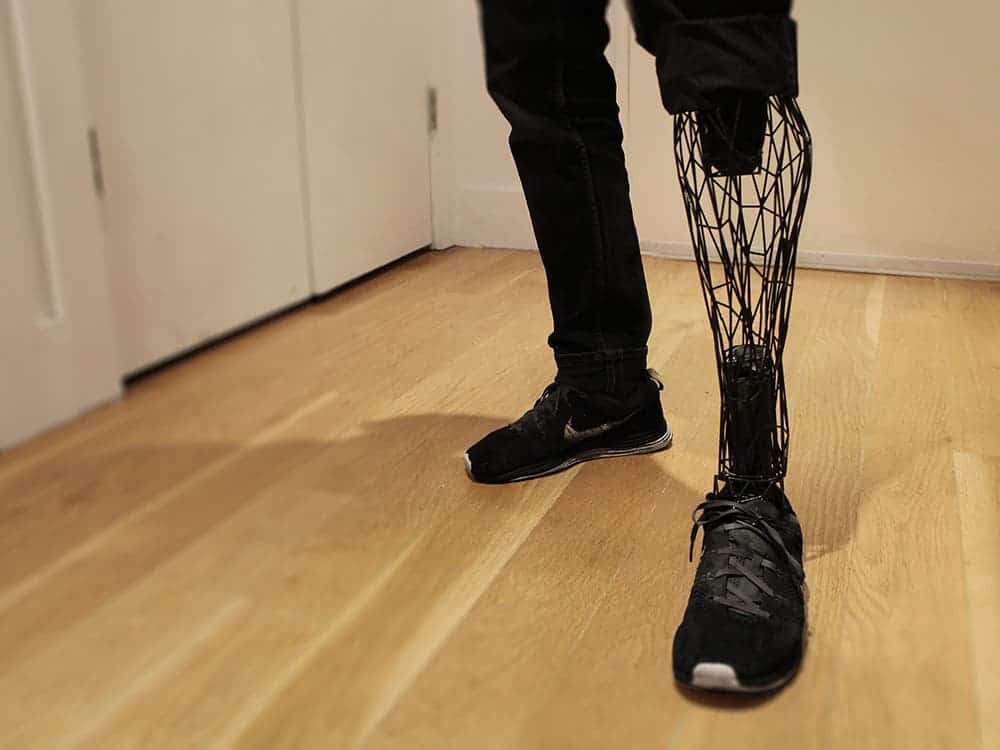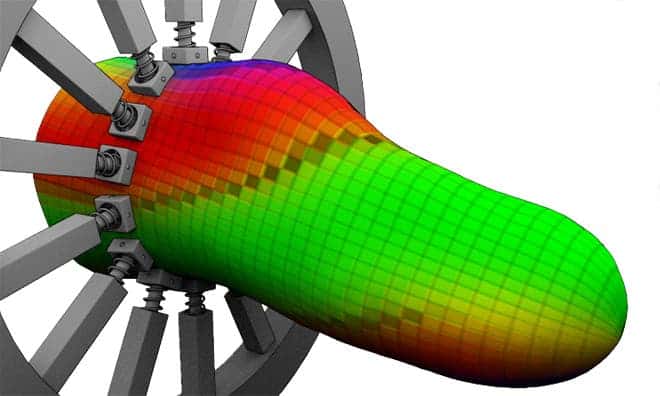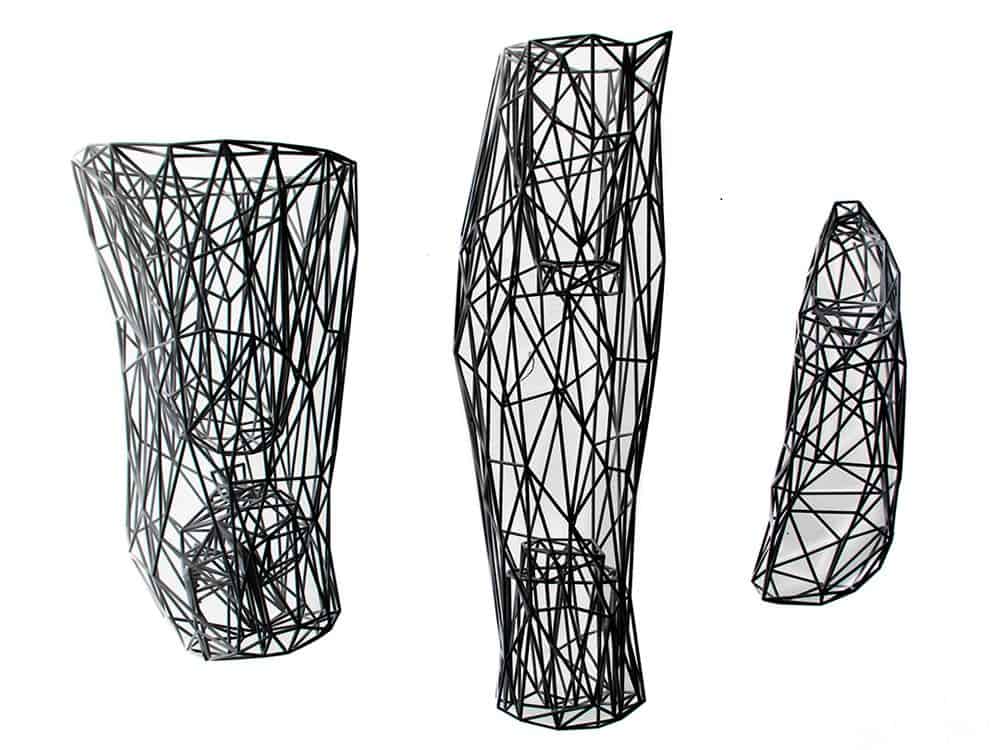
Prosthetic limbs can cost tens of thousands of dollars onward, but thanks to 3-D printing many people can now recover part of their missing limbs for a fraction of the cost. Previously, we reported how a $42,000 prosthetic hand was replaced by 3D printed counterpart worth $50. Another prosthetic hand costs $10. Both models are open source and free to print by anyone at home. But a prosthesis shouldn’t necessarily be solely pragmatic, and William Root, a recent graduate from the Pratt Institute in New York City, cared to demonstrate an alternate route. By combing biomechatronics and aesthetics, Root developed a prototype that’s a custom fit for each wearer, uses a minimal amount of top class materials and assures high mobility, all while looking as fit it came off a SciFi movie.

“In my research it became clear to me that there is a lot wrong with how designers typically try to approach a prosthetic limb and how the industry goes about making prostheses,” says Root. “Prostheses are not aesthetically pleasing, extremely expensive, and difficult to produce.”

The road to building the Exo prosthetic first starts with modeling the wearer’s anatomy. A device developed at MIT’s Biomechatronics lab called FitSocket uses an array of pressure sensors displaced in a circular pattern to determine the stiffness and softness of the remaining tissue. Using this pressure data, a 3D model with a near-perfect fit socket is made for maximum comfort and stability. The same data is then used to extrapolate a 3-D model of the actual prosthetic based on how the rest of the leg should have looked like. Stress analysis tools turn the model into fine meshes and carves the model until it “has the maximum strength for the least amount of material with the added benefit of looking really slick,” says Root.

Ultimately, the model is printed from sintered titanium powder or high-strength plastic. Durability, comfort and aesthetics.
“Prosthetic limbs are stigmatized because they are so inhuman; most aftermarket companies that try to address this problem attempt to create a realistic-looking leg, which crosses into the uncanny valley,” says Root.
“With prostheses you are essentially designing a person, their body already dictates the form,” he says. “Each leg needs to be as unique as its owner.”

Root says that the 3-D printed elements of his leg cost just $1,800, however the knee and ankle joints cost extra since these are high specialized components. According to Wired, Exo does not yet support a wearer’s full weight, but is in the process of gaining an approval from the FDA based on future, refined models. To pass the FDA strict guidelines, the Exo might both end up looking different and more expensive. Personally, I’m really excited about it and looking forward to seeing it work in the real world.
“With the Exo, the cost of the limb would be reduced almost to just the cost of printing it,” says Root. “As 3-D printing technology advances and becomes more mainstream those costs have nowhere to go but down.”






